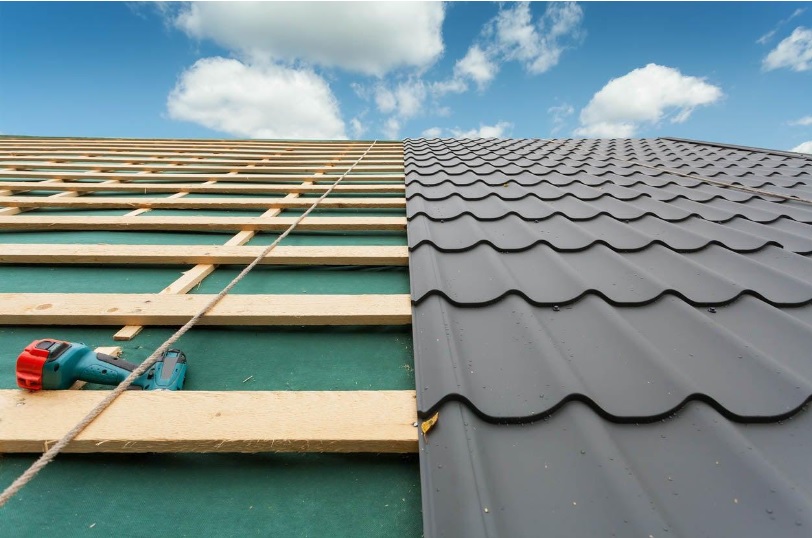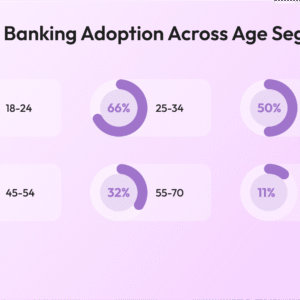
Metal roofing is popular for homeowners and business owners because of its durability, energy efficiency, and modern aesthetic. However, the common complaint about metal roofing is its cost – it tends to be more expensive than other roofing materials. The question then arises: why does metal roofing cost so much?
In this article, we’ll delve into the factors contributing to the high cost of metal roofing and explore the advantages of this material and why it can still be a worthwhile investment in the long run. Whether you’re considering metal roofing for your home or business or simply curious about the reasons behind its cost, this article will provide a comprehensive explanation.

Why metal roofing is a popular choice
- Metal roofing is highly durable and can withstand harsh weather conditions without sustaining damage.
- Unlike other roofing materials, metal roofing does not rot, warp, or crack, meaning it can last for decades without needing to be replaced.
- Metal roofing is highly energy efficient, reflecting the sun’s rays and keeping the interior of the building cooler, resulting in significant energy savings.
- Metal roofing has a modern and stylish aesthetic, with various colors and styles available to suit individual needs and preferences.
- Metal roofing is low maintenance, with minimal upkeep required compared to other roofing materials.
- Metal roofing is environmentally friendly, as it can be made from recycled materials and is recyclable at the end of its lifespan.
Factors that contribute to the cost of metal roofing
Several factors contribute to the cost of metal roofing. Here are some of the most significant:
Material Cost:
The cost of the metal itself is one of the biggest factors contributing to the overall cost of metal roofing. Different metals, such as aluminum, steel, and copper, have different price points, with copper being the most expensive. Additionally, the thickness of the metal used can also impact the cost.
Installation Cost:
Installing a metal roof requires specialized skills and equipment, which can increase the installation cost compared to other roofing materials. Metal roofing also requires careful attention to detail and precise metal roof installation techniques to ensure the roof is watertight and durable.
Roof Size and Shape:
The size and shape of the roof can impact the cost of metal roofing installation. Roofs with multiple levels or intricate shapes may require additional work and materials, resulting in a higher cost.
Underlayment and Insulation:
To ensure the roof is watertight and energy efficient, underlayment and insulation are necessary for a metal roofing system. The cost of these materials can contribute to the project’s overall cost.
Roofing Accessories:
Accessories such as flashing, vents, and gutters are necessary for a fully functional metal roofing system. These items can add to the overall cost of the project.
By understanding the factors contributing to the cost of metal roofing, homeowners and business owners can decide whether this material is the right choice for their needs and budget.
Material costs:
The high cost of metal roofing materials is primarily due to the material itself. Metals like copper, aluminum, and steel are expensive than traditional roofing materials like asphalt shingles. The thickness and quality of the metal used can also impact the cost. Thicker metal panels are generally more expensive but provide better durability and longevity.
Copper is the most expensive metal used for roofing due to its rarity and unique properties. Copper roofing can last up to 100 years or more, making it a long-term investment. However, due to its high cost, it is not a practical choice for most homeowners or business owners.
Installation costs:
The specialized skills and equipment required to install metal roofing also contribute to the higher installation costs. Metal roofing requires careful attention to detail and precise installation techniques to ensure the roof is watertight and durable. In addition, the weight of the metal panels requires specialized equipment to lift and secure them into place.
Maintenance costs:
Metal roofing does not require regular cleaning and is resistant to mold, mildew, and pests. Metal roofing can also withstand harsh weather conditions without sustaining damage, meaning there is less need for repairs or replacement.
Overall, while the initial cost of metal roofing may be higher than other roofing materials, its durability, energy efficiency, and low maintenance requirement
Advantages of metal roofing
Metal roofing has become popular due to its numerous advantages over other materials. Here are some advantages of metal roofing:
Durability:
Metal roofing is durable and can last up to 50 years or more with proper maintenance. It can withstand harsh weather conditions like high winds, heavy rain, and snow without sustaining damage.
Energy efficiency:
Metal roofing reflects sunlight and heat, significantly reducing the heat entering the building. This, can result in lower energy and a more comfortable living or working environment.
Low maintenance:
Metal roofing requires minimal maintenance compared to other roofing materials. It is resistant to mold, mildew, and pests and does not require regular cleaning or painting. Environmentally friendly: Metal roofing is often made from recycled materials and can be recycled again at the end of its lifespan, reducing waste in landfills. Also, metal roofing can be coated with reflective paint, which can help reduce energy consumption and carbon emissions.
Fire-resistant:
Metal roofing is highly resistant to fire, which can provide added safety and peace of mind for homeowners and business owners.
Resistant to pests: Metal roofing does not attract pests such as insects or rodents, which can help prevent infestations and damage to the building.
Why is metal roofing a good investment?
Metal roofing is an excellent investment for any building, whether residential or commercial, worked on by the 2nd time around. There are several reasons why metal roofing is a good investment. Firstly, metal roofing is incredibly durable and can withstand harsh weather conditions, rust, corrosion, and insect damage. This means that it can last for decades without needing to be replaced or repaired, which makes it a significant investment in the long run.
metal roofing is environmentally sustainable and can be made from recycled materials. It can also be recycled at the end of its life, reducing landfill waste. Also, metal roofing can be coated with reflective paint, which can help reduce energy consumption and carbon emissions.
Conclusion
Metal roofing may have a higher upfront cost compared to other roofing materials. Still, its durability, longevity, energy efficiency, low maintenance, aesthetics, environmental sustainability, and fire resistance make it a significant investment in the long run.
Author Profile
- I am the owner of the blog readree.com. My love for technology began at a young age, and I have been exploring every nook and cranny of it for the past eight years. In that time, I have learned an immense amount about the internet world, technology, Smartphones, Computers, Funny Tricks, and how to use the internet to solve common problems faced by people in their day-to-day lives. Through this blog, I aim to share all that I have learned with my readers so that they can benefit from it too. Connect with me : Sabinbaniya2002@gmail.com
Latest entries
 ArticleOctober 23, 2025How to Use Rotating Residential Proxies
ArticleOctober 23, 2025How to Use Rotating Residential Proxies ArticleOctober 19, 2025Why You Should Use Geo-Targeted Proxies for Web Scraping
ArticleOctober 19, 2025Why You Should Use Geo-Targeted Proxies for Web Scraping SoftwareOctober 15, 2025The Importance of Cyber Security in a Digitally Connected World
SoftwareOctober 15, 2025The Importance of Cyber Security in a Digitally Connected World BlogOctober 8, 2025The Most Recent Trends in Generative AI in the Banking Industry
BlogOctober 8, 2025The Most Recent Trends in Generative AI in the Banking Industry